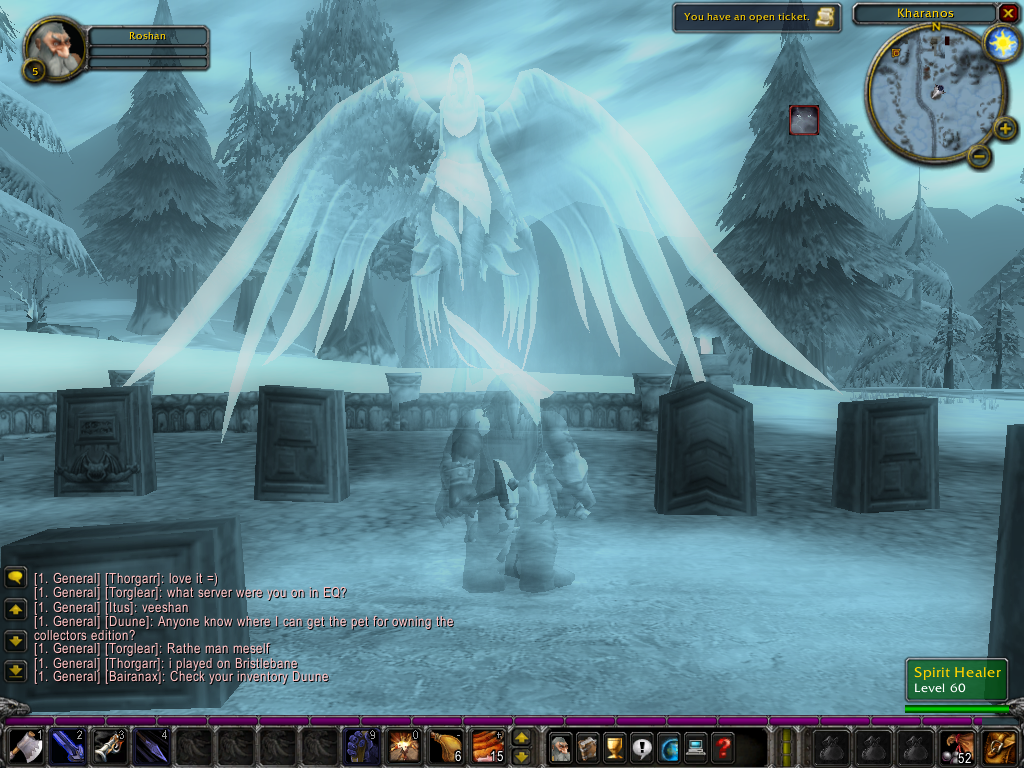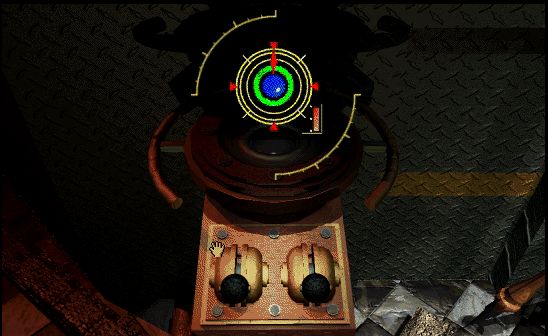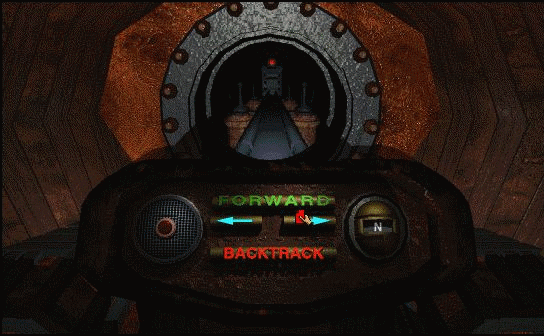When I think of videogames, I think of Mario. Most Mario games are basically the same: you control the character's movements, defeat
enemies, and gain some fun super powers that add variety, like throwing
fireballs or flying. This formula has
been there since Super Mario Bros., and has continued through Super Mario
Galaxy 2.
There have been many spin-offs, but at heart, Mario is a guy
who bops on Goomba heads and whacks around a dragon-turtle beast.
Did I mention you rescue a princess? Oops, I forgot. Also, did I mention Mario is a plumber? I guess it slipped my mind considering it has
no bearing on the gameplay whatsoever.
The Princess is no more than a plot device, and serves as
your ultimate reward each game, but when you play Super Mario Bros., is it even
necessary? In fact, is she necessary in
any Mario game?
Bowser sure is an important character, being the boss and
all, but defeating Bowser is a reward in itself. When you beat another player at Chess, you
don't need to receive a lollipop for a job well done; winning is its own
reward.
Indeed, playing is
its own reward, and there is no need for a story to hook you in. In fact, consider this part of the story in
the manual for Super Mario Bros.:
"The quiet, peace-loving Mushroom People were turned
into mere stones, bricks, and even field horse-hair plants, and the Mushroom Kingdom
 |
| No, seriously. |
I guess that means when Mario breaks a brick block, he's
killing innocent Mushroom People. Did
you know that? Is it relevant to how you
look at the game? I suppose if you care
that much about it, you could try playing Super Mario Bros. without breaking a
single block.
But nobody cares because story was not important in that
game, and for that matter it's not terribly important in most Mario
platformers.
Now don't get me wrong, I love Mario. He's my favorite videogame character, the
universe he inhabits is beautiful, and if there is one mascot that will forever
define videogames -- not just Nintendo -- it's going to be Mario.
But Mario is proof positive that you don't need a story to
make a great game. Indeed, most early
games had no story, except for text adventures.
No story necessary in Space Invaders, Pacman, Frogger. Not much of a story to Pong, either.
These days, games have big stories, and often great stories
can make or break a game. With the depth
stories in games get into nowadays, players are often participating in
interactive novels.
This is, of course, quite a good thing. Imagine if movies never got off the
"let's watch a train drive by" stage.
Eventually you'd be watching "Trains Driving By in 3D!"
The leap from movies making simple "moving images"
to creating a new form of stage play turned the medium from a tech demo into an
art form.
But first, movies copied stage plays a little too much; they
did not understand that, being a different medium, there was a whole avenue of
art called cinematography which could be exploited and used to create something
beyond a recording of a stage play.
Eventually it was figured out, of course, and now we have a
repertoire of tricks with the camera that change the medium drastically;
cinematography is both an art and a science.
When videogames first came out, they used interactivity as the
thing to show off. You played board
games on your television! It was only
after some time that developers began taking storytelling seriously in
videogames, getting beyond the novelty of the technology to finally make art
with it.
Unfortunately, just like movies in its early stages,
videogames based their storytelling off another medium. And just like movies in its early stages,
games didn't use their new technology to its potential to create art in the
medium.
By this I mean that videogames either concentrated their
efforts on gameplay over story, like in Super Mario Bros., or took story over
gameplay, like text adventures.
 |
| The standard story-over-gameplay model today. |
These days, while equal time is usually spent on both story
and gameplay, they are not married, but rather are split up into different jail
cells.
Gameplay is the thing the player does, which is fun and
engaging in its own right; story is the thing the player watches or reads,
separate from the gameplay entirely.
A cutscene, a dialogue box; these are static,
non-interactive tools game developers use to tell their story, and it is
understandable that, when games were first developing storylines, such devices
were necessary because human civilization has pretty much kept storytelling locked
in as a non-interactive, linear art form.
But now, games should have sufficiently improved their
technology that stories can be interactive, through the same gameplay the rest
of the game uses. Play God of War and
see that the story is clearly separated from the gameplay. The gameplay is fighting and exploration, and
the story is a study of the character's past and how he arrived in the mess he
is in.
The game begins to merge the two at the final boss battle,
when Kratos faces a bunch of zombie versions of himself; in essence he is
confronting his inner demons, which is
what God of War was always ultimately about. The player finally gets to interact with the
story through the same gameplay he's always used throughout the game, and the
story (which was restricted previously to cutscenes) merges with the gameplay.
 |
| Ok, ok, it's not a perfect example, but we have so few to work with. |
It's very rare that games merge the two parts of the game
together. Often, the more complicated
and epic the story, the farther from the gameplay it goes. Take almost any RPG and you'll see the divide
pretty clearly.
Even games which try to give the player meaningful choices
to sway the story, while interactive, don't require the same style of gameplay
as the majority of the game. Most
dialogue options are like this; when a game is primarily combat-based, dialogue
options are a poor attempt to give the player something to control.
Some games do much better in giving the player control over
outcomes. When characters live or die
permanently as a result of the player's actions, and the option always exists
to keep them alive or let them die based on the player's skill or choices
during the main gameplay portions, that is as close as we've come to games
truly mixing gameplay and story.
Even linear stories in games can still be just as
interactive, even if the player has no control over where the story goes -- the
player may not have control over the outcome, but they do get to lead the
character(s) through the story.
By this, I do not mean leading a character through a room of
baddies to watch the cutscene on the other side. I mean that the game requires the player to
act out the story through gameplay.
Perhaps we need to shift away from the genres we have today,
as most of them do not work well to allow interactive story; or perhaps we need
geniuses that can figure out ways to make the current mechanics tell the
stories.
I think there are still plenty of videogames today that maintain the classic definition of videogame; Angry Birds would fit pretty well at home in an arcade cabinet next to Pacman and Q-Bert.
 |
| If you don't know why she didn't just get a Phoenix Down, we're on the same page. |
I think there are still plenty of videogames today that maintain the classic definition of videogame; Angry Birds would fit pretty well at home in an arcade cabinet next to Pacman and Q-Bert.
But there are also many games which are technological
marvels, but are half-game, half-movie.
Some want to call these "interactive movies" or
"interactive stories", but they are neither, since the interactivity
(the gameplay) is far removed from the story itself. I would call these game/story hybrids, or
mixed media.
We are getting closer to interactive stories as game
developers try to take big risks with games like Heavy Rain, but the day has
yet to come when I can use such a term on a videogame.
Perhaps the current closest interactive story to be found is
LARPing, which allows players to improvise and create stories as they go, or at
least change the main thread sufficiently to personalize it to their taste; but
of course the LA in LARP means there is nothing digital about it.
I have no problem with stories being separate from gameplay
(and most of my favorite games have separated stories, or almost no story at
all), but when games actually use their primary mode of gameplay to tell their
stories, that will be the day when games have truly begun to explore their
medium as a storytelling art form.
Until then, we're still just mixing media.
 |
| Like this. |



















